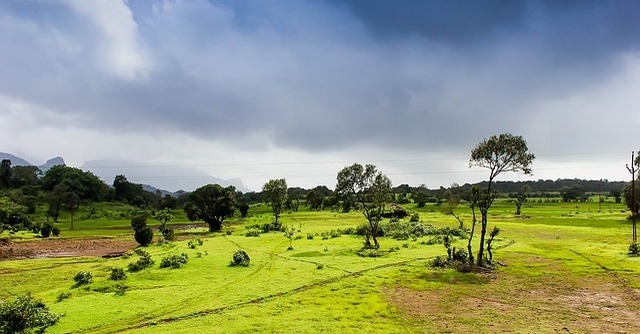
IIT Delhi researchers develop AI-based monsoon prediction model


Researchers at the DST Centre of Excellence in Climate Modeling at IIT Delhi, in collaboration with IIT Delhi, MIT USA, and JAMSTEC Japan, have developed a state-of-the-art machine learning model for monsoon rainfall prediction. For 2023, the model has predicted an All India Summer Monsoon Rainfall (AISMR) of about 790mm, which denotes a normal monsoon.
The model has outperformed the current physical models used in the country, the institute said in a statement. The machine learning model was able to achieve a forecast success rate of 61.9% for the test period between 2002 and 2022. For the making prediction, the model was fed with AISMR data, Niño3.4 index data, and categorical Indian Ocean Dipole (IOD) data for the period 1901–2001.
Basis the availability of the data, this model can make monsoon predictions in advance. It can then be updated according to changing circumstances. It is lesser computationally intensive, apart from bring more flexible to inputs.

"This study holds immense significance for the entire country, as an accurate monsoon forecast well ahead of time is pivotal for making crucial decisions in various socioeconomic sectors, including agriculture, energy, water resources, disaster management, and health," said Prof Saroj K Mishra, principal investigator, DST Centre of Excellence in Climate Modeling and professor at the Centre for Atmospheric Sciences, IIT Delhi.
AI techniques are being increasingly used for climate-related prediction and forecast. In April, a team consisting of researchers from the Indian Institute of Tropical Meteorology (IITM), Pune, and Cotton University, Guwahati, developed a predictor discovery algorithm (PDA). As per the ministry of science and technology, the algorithm can make effective monsoon predictions 18 months ahead of the season.
